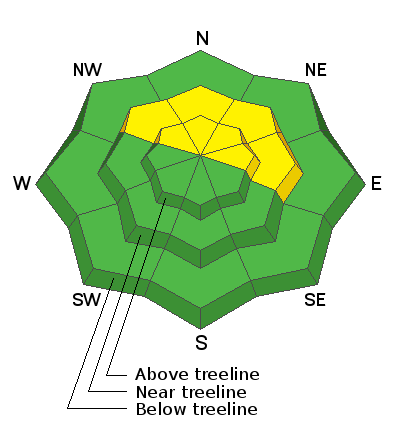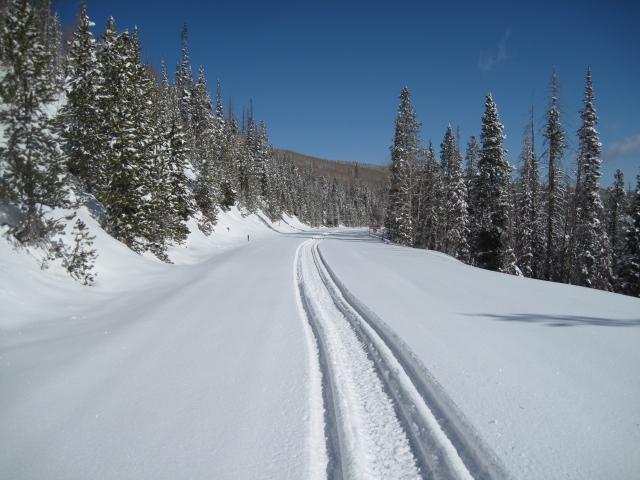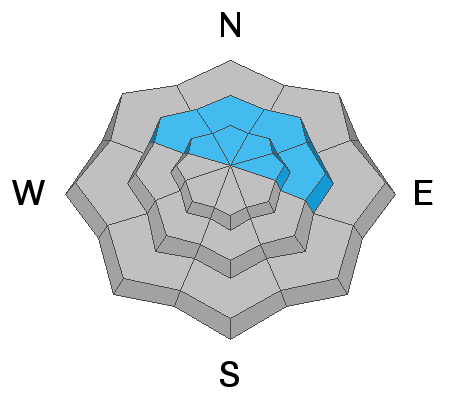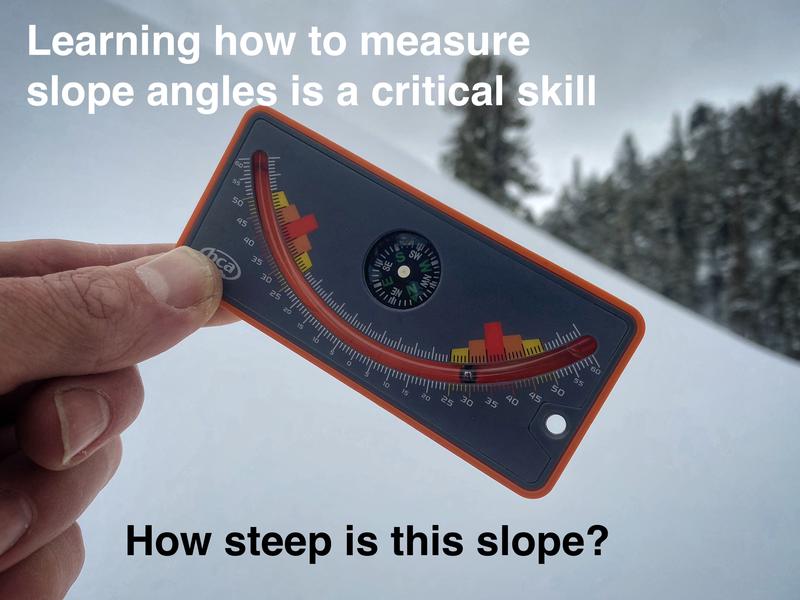Ted's pit profile from yesterday near Camp Steiner reveals a 24 hour turn around. Ted says... "Still not sure I would get out onto steep terrain with the current snow pack, although at this elevation I was a little more encouraged to see a slightly stronger set up."
Short term pain for long term gain-
The huge warm up last week definitely rocked our snowpacks world and we saw riding conditions crater as the bottom fell out. But that short term pain has been followed by long term gain as temperatures dip into the 20's, essentially tightening the snowpack and helping our mid winter weak layers to once again retreat towards dormancy. But just like the kids in the back seat asking... "Are we there yet?" Well, I think we're getting closer, but I'm gonna slowly dip a few toes in the water before diving in head first. Remember that we're dealing with a persistent weak layer (PWL) that took months to form, so it's not just going to disappear overnight.
Where does the PWL exist?
It's widespread on wind sheltered, NW-N-NE-E facing slopes near and slightly below treeline. What makes this setup so tricky? This is exactly the type of "go to terrain" we ride when we're starting to step out and get a handle on avy conditions. Above treeline in alpine terrain, the old weak snow distribution is more pockety.
Where and how to ride?
It's been an unusual run of weird weather, it's an atypical snowpack, and that means we need to gather some solid snow beta before comfortably getting after it and into big terrain. During your ride today, tweak small test slopes and see how they're reacting. Is your track gouging into weak, sugary snow or if you step off your machine do you sink into an unsupportable mess of damp snow. If that's case then we still need to allow some time for the snowpack to come around and gain some strength. Remember... change happens quick in the spring and I think a little patience now will deliver solid returns in the near future.













